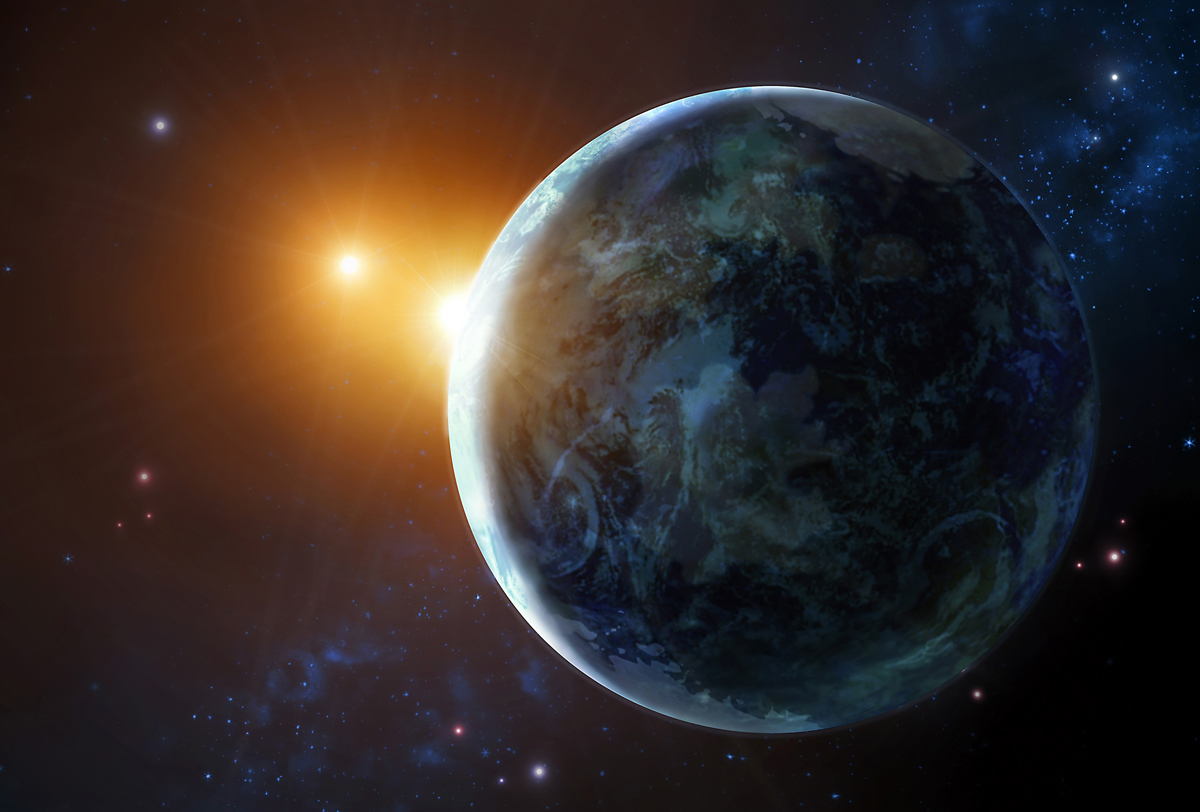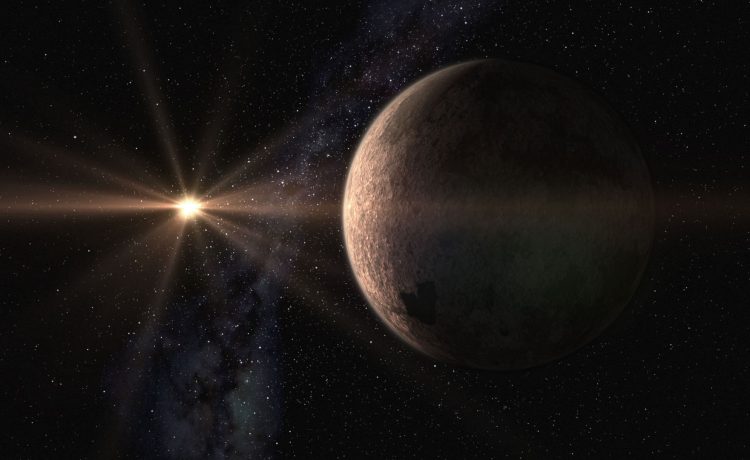Bejing: “Super-Earths” and Neptune-sized planets could be forming around young stars in much greater numbers than scientists thought, a new research by an international team of astronomers suggests.
The findings, based on a survey of young stars in a star-forming region in the constellation Taurus, showed many of them to be surrounded by structures that can best be explained as traces created by invisible, young planets in the making.

“This is fascinating because it is the first time that exoplanet statistics, which suggest that super-Earths and Neptunes are the most common type of planets, coincide with observations of protoplanetary disks,” said lead author Feng Long, a doctoral student at Peking University in Beijing, China.
The research, published in the Astrophysical Journal, helps scientists better understand how our own solar system came to be.
Scientists find Super-Earths, Neptune-sized planets near young stars:
Using the Atacama Large Millimeter Array, or ALMA, comprising 45 radio antennas in Chile’s Atacama Desert, the team performed a survey of young stars in the Taurus star-forming region, a vast cloud of gas and dust located a modest 450 light-years from Earth.
When the researchers imaged 32 stars surrounded by protoplanetary disks, they found that 12 of them — 40 per cent — have rings and gaps, structures that according to the team’s measurements and calculations can be best explained by the presence of nascent planets.

The Neptune-sized gas planets or so-called super-Earths — terrestrial planets of up to 20 Earth masses — were found to be the most common. Only two of the observed disks could potentially harbour behemoths rivalling Jupiter, the largest planet in the solar system.
“Since most of the current exoplanet surveys can’t penetrate the thick dust of protoplanetary disks, all exoplanets, with one exception, have been detected in more evolved systems where a disk is no longer present,” explained Paola Pinilla, from the University of Arizona in the US.
“Our results are an exciting step in understanding this key phase of planet formation and by making these adjustments, we are hoping to better understand the origins of the rings and gaps,” Long said.






